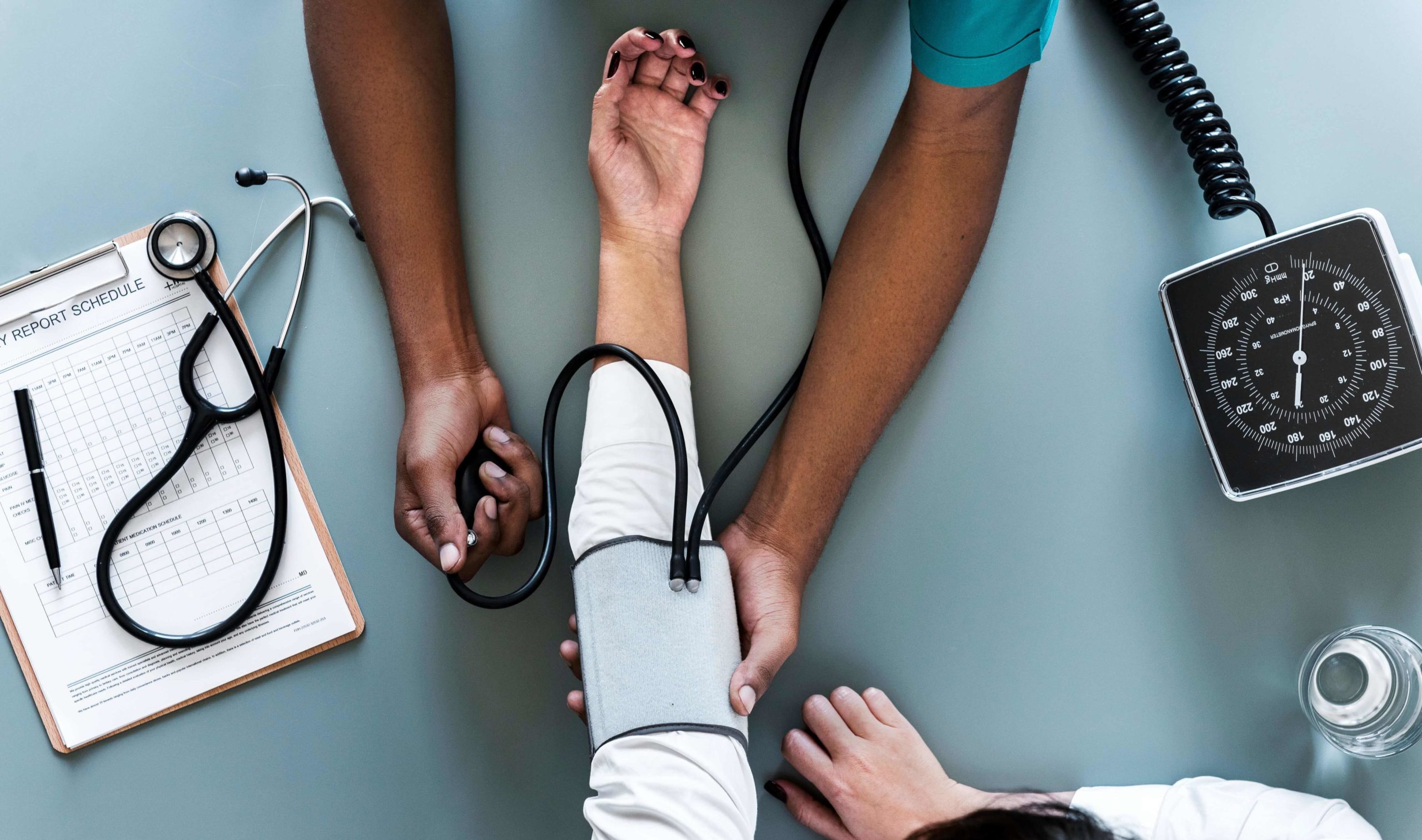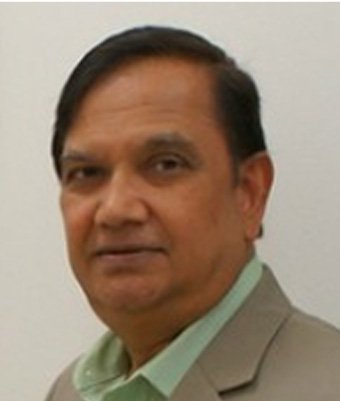Medically Reviewed by Dr. Mohammed Saeed, MD.
Many people enrolled in addiction treatment programs will receive medications to help reduce withdrawal symptoms and cravings. Medication-Assisted Treatment (MAT) uses prescribed medications, along with behavioral therapy and counseling, to treat those recovering from opioid, stimulant, or alcohol addictions.
Some believe that replacing one drug with another is not effective, but research has proven that the combination of therapy and medication can be incredibly successful in treating substance use disorder. There are many benefits of medication-assisted treatment as it increases a patient’s ability to complete their recovery with less discomfort and fewer risks of relapse.
Medication-assisted treatment works by administering a drug that is similar to the addictive substance but is safer and easier to control. The medications reduce both physical withdrawal symptoms and ease the depression or anxiety that often occurs with addiction while blocking the euphoric effects of alcohol or opioids.
Five benefits of medication-assisted treatment include:
1. Safety and Comfort
Depending on the substance and severity of the addiction, the detox process can pose a serious risk to an individual’s health. Alcohol withdrawal can cause life-threatening fever, seizures, hallucinations, or delirium tremens that can lead to cardiovascular collapse. Opioid withdrawal can also be life-threatening, depending on underlying or pre-existing medical conditions.
Medical monitoring will ensure that any physical issues arising during detox are caught and resolved safely. It will also mitigate withdrawal symptoms and help achieve a faster, smoother, and less painful recovery. Plus, MAT reduces the risk of death due to overdose through monitoring.
2. Reduced Chances of Relapse
Without medication support, it can be difficult to cope with withdrawal symptoms, and often this leads to relapse. Most who try to quit on their own are at a greater risk of relapse when withdrawal symptoms peak — about 48 hours. By reducing the potential for relapse, medications make the road to recovery much smoother.
FDA-approved medications used include methadone, buprenorphine, naltrexone, and acamprosate, among others. MAT deters further use since the medications involved tend to block the “high” of the original abused substance. They change the way the body reacts to drugs and alcohol and rebalance brain chemistry. By changing the body’s reactions, they take away the “rush” associated with the drug so people have fewer cravings.
By reducing the rate of relapse, MAT also helps to prevent addiction-related deaths and injuries (overdose, illnesses contracted from dirty needles, accidents or poor decisions when “high,” and other complications).
3. Higher Success Rate of Rehabilitation
Attempts to beat addiction through behavioral therapy alone often prove unsuccessful. More successful outcomes happen when prescription medications are integrated into therapy.
Without the pain or discomfort of going through detox, patients are more likely to stick with their treatment programs long enough for it to be effective — especially if their symptoms are manageable. Proper dosages of medication allow recovering addicts to function while rehabilitating, paving the way to a more successful recovery and allowing them to get back to full health more quickly.
4. Help for Women in Recovery During Pregnancy
The stresses of detox and recovery can be physically demanding, and overwhelming. Medical issues and maternal distress can lead to medical complications that may be fatal to a fetus during pregnancy. Under proper supervision, MAT medications ease withdrawal symptoms and help create a stable environment for the unborn baby. As the mother detoxes, it heals the baby as well, reducing fetal withdrawal symptoms and neonatal abstinence syndrome, thus increasing the odds of successful delivery.
5. Improved Quality of Life
For the recovering addict, one of the biggest benefits of MAT is the peace of mind it provides as they move forward. Since the medications used reduce the physical and psychological symptoms of withdrawal, they can be more at ease when dealing with other aspects of life.
Many individuals find it hard to deal with social relationships and interactions while in recovery. Medications can lower levels of stress and irritability, allowing more positive social interactions. This not only helps when in support groups or therapy but also helps the patient rebuild damaged personal relationships and reestablish trust at home and work.
People who have used medication-assisted treatment report higher levels of overall daily functioning after completing treatment. The aid given by medications allows them to manage physical symptoms and emotions so they can focus on relearning life skills and resetting long-term habits and goals.
Medication-assisted treatment allows the mind to truly focus on recovery by allowing the body to physically recover from addiction. It must be complemented by other forms of treatment and therapy — it is not a long-term solution on its own. When used as part of an integrated treatment plan that includes counseling and therapy, medication-assisted treatment can help people conquer their addictions safely and regain control of their lives.
Medications We Use At Into Action Recovery Centers
There are several different medications used for MAT, but here at Into Action, we only use Vivitrol and Buprenorphine.
- Vivitrol is a medication used to treat alcohol dependence and opioid addiction. It is a long-acting form of naltrexone that blocks the effects of opioids. Vivitrol, which is typically given as an injection once a month, prevents individuals from getting high if they use opioids. Vivitrol also helps reduce the urge to drink alcohol.
- Buprenorphine is a medication used to treat opioid addiction. It is a partial agonist, which means that it binds to the same receptors in the brain as opioids such as heroin and morphine, but produces less intense effects. When taken as prescribed, buprenorphine is a safe and effective treatment for opioid addiction. However, because it is an opioid itself, there is a risk of abuse and overdose. Therefore, it is important for people who are prescribed buprenorphine to be closely monitored by a medical professional.
Why Choose Into Action Recovery Centers?
Into Action Recovery Centers takes pride in providing a high level of treatment and a holistic approach to recovery for those who suffer from addiction. Our comfortable facility is designed with the client’s needs foremost in mind. Our staff includes master’s level counselors, licensed chemical dependency counselors, 24-hour nursing professionals, a staff psychiatrist, a staff chef, and direct care personnel. Our counseling staff provides individualized treatment and care for our clients with an emphasis on tailoring treatment to the specific needs of each individual. Additionally, our staff provides family counseling, relapse prevention, life skills, and grief and trauma counseling.
Into Action Recovery Centers provides an abstinence-based program and all of our staff members have a strong understanding of the recovery process through personal experience. We are passionate about sharing the process involved in living a drug and alcohol-free life. We offer free aftercare for the men who complete our program and have a strong alumni network that remains active in the community. We also offer other amenities such as dietician-prepared meals, mindfulness-based meditation training, outings, and fitness training.




